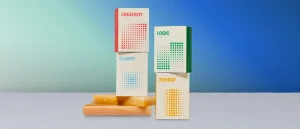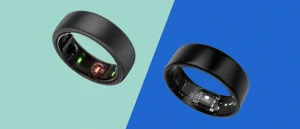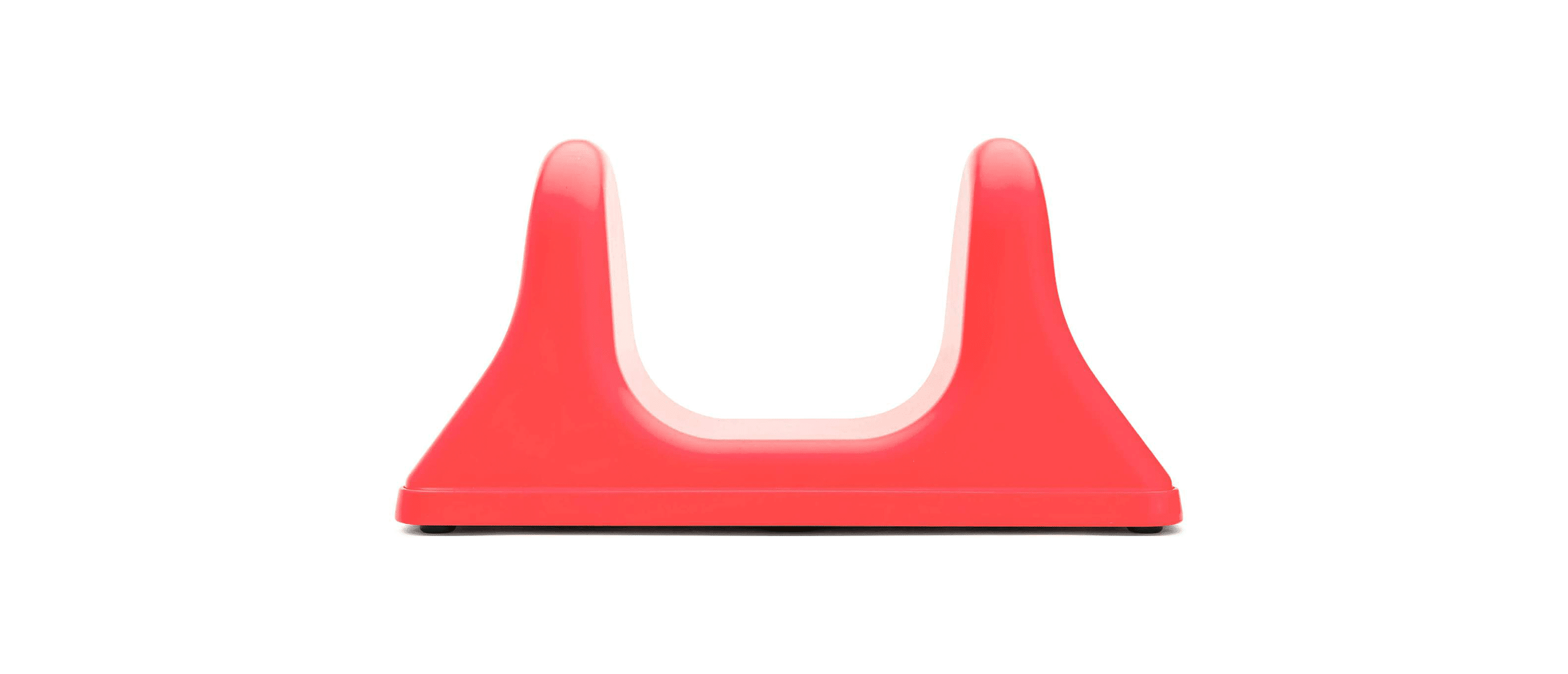
This Muscle Release Tool Was Designed By a College Football Linebacker
- By Christine VanDoren, CPT
- Certified Personal Trainer
- August 17, 2022
Fast Facts
- The Pso-Rite is a muscle release and massage tool designed to target your psoas.
- Broadly, the psoas are muscles that connect your lower half to your upper half, and are commonly the root cause of a number of chronic pain issues.
- The tool, which costs $80, is ideal for those with pain issues usual massage tools fail to address.
Whether you are a very active person or spend most of your time sitting down, your muscles could use a little love every day. For muscles, “love” comes in the form of targeted stretching, which, done with enough consistency, can alleviate tightness and pain.
There are so many different products claiming that they are the best for muscle massage and recovery, so which one is telling the truth? Odds are, your specific needs will answer that question. What’s good: if you’re reading this, you’ve recognized you could probably do with more stretching and mobility in general. What’s better: the Pso-Rite, a sort of cult favorite stretching device, could very well be the key to wiping up certain aches and pains from your lower back to your glutes.
I got hands-on with the Pso-Rite to see what all the fuss was about. Here’s what I found.
What Is the Pso-Rite?
The Pso-Rite is a self-care mobility tool designed to provide an intense pressure that releases muscle tissue, meant to ease pain and dysfunction throughout the body.
The product was invented by former college football linebacker Mac Mollohan in 2017. The tool was designed to be able to target all areas of the body, especially the muscles that most massage tools and classic muscle relief work cannot, specifically the psoas or iliopsoas, which are made up of three muscles that, very broadly, play the role of connecting your lower body to your upper body. If that doesn’t sound important to you, consider speaking to your physician.
Made and patented in the US, the Pso-Rite costs $80 and comes in red, black, or blue (there’s also a mini version available, priced at $20, that we didn’t test). That isn’t cheap by any means, but the makers of the Pso-Rite are betting it might save you money in the long run. Many people go to their doctor when they feel pain somewhere in their body and are told they have a particular ailment and are prescribed medication. One of the goals of this tool is to save you money and time by allowing you to take care of the problem yourself and work out the muscles in the body that are causing you pain.
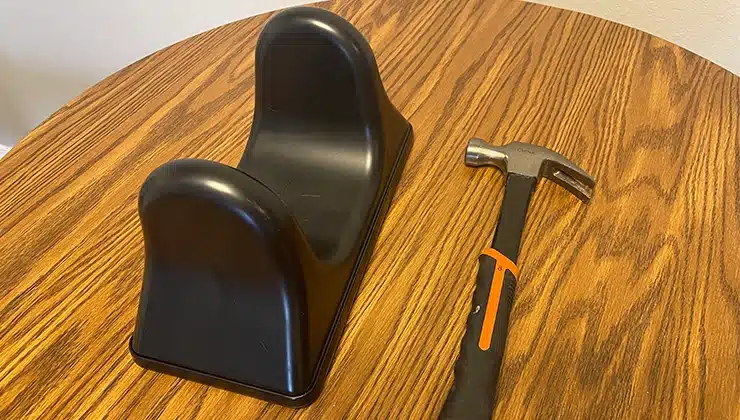
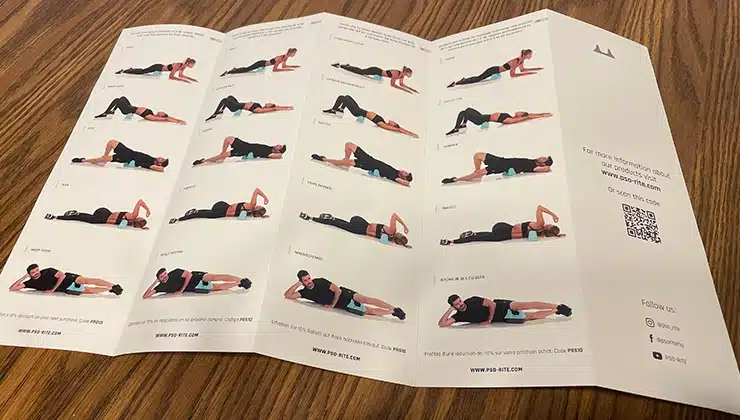
My Experience with the Pso-Rite
The Pso-Rite came in a medium-sized box containing the product in a plastic wrap with an instruction manual. When I first looked at the product, I honestly didn’t know what it was supposed to be used for. This proved to be an issue.
The manual displays five different ways to use the product (plus a discount code if you want to buy another one). While the pictures display how to best use the Pso-Rite, I was a bit disappointed there were only five options. The stretches addressed the psoas, lower back, hips, traps, and inner thighs. The instructions said to hold each position for 5 to 60 seconds and breathe deeply. Initially, rather than feeling a release, I felt a bit of pain, and it was difficult to understand how the product was meant to help me. I understand that pain means the muscle needs to be worked and released. However, the pain that I experienced wasn’t similar to the feeling I would have with a foam roller or ball, which are more common (not to mention cheaper) tools used to relieve muscle tension.
After a few sessions spent wondering if I was using the Pso-Rite, well, right, I did some research. What I found was that the company’s website and Youtube channel do a dramatically better job explaining how to use the tool effectively than the manual. On one hand, fair enough; it’s challenging to explain the intricacies of a muscle group that few regular people have heard of in a series of illustrations. The video displays rocking side to side on the item rather than just lying on it and being stationary. I went ahead and tried this, and I found that it was much less painful, and I felt more release than before, and my opinion of it improved.
How to Use the Pso-Rite
After flipping through the manual, browsing Youtube, and trying out a few movements of my own, these are what I believe to be the best ways to use the Pso-Rite.
1. Classic psoas stretch
The psoas run from the middle of your back down around the inside of each leg, around your abdominal region. For me, the best relief came from the stretch the tool was literally designed for.
First, lay on your back, with your knees slightly bent. Press the “peaks”—the tall parts of the tool—into the ab region. This is a warmup for the primary movement.
Then, place the Pso-Rite on the ground in front of you and get yourself in a plank position over it, with the peaks just above your pelvis bone. Keeping your knees and elbows on the ground, slowly your body up the Pso-Rite’s peaks, around your ab region. Do this a few times, adding a little more pressure each time.
2. Mid-back stretch
This one is simpler. Place the Pso-Rite on the ground, and sit your butt down about six inches in front of it. Keeping your feet on the ground, knees bent, and your full lower-arm to the floor, lean your back onto the peaks.
Once in position, carefully slide yourself laterally across the product without letting the peaks bump in your spine or shoulder blades. This one will be painful initially and feel better with reps and time. Be patient.
3. Glute stretch
My butt becomes impossibly sore when I squat heavy, so any and all glute relief is a plus.
Lay on the ground, lift your hips up like you’re doing a hip thrust, and slide the Pso-Rite under your butt. Once in position, drop your butt down onto the peaks and begin slowly shifting your knees side-to-side to stretch the area. Whenever you hit a tender spot (that isn’t a bone), simply pause and breathe for a moment.
Reviewer’s Note: caution is the better part of valor with the Pso-Rite. If you feel like you’re in pain rather than experiencing relief, take a break. If you encounter an especially tender spot during any stretch or movement, hold that position and breathe deeply. Don’t injure yourself trying to recover more quickly!

Should You Buy the Pso-Rite?
While I personally am going to stick with my daily foam rolling and stretching, I understand why the Pso-Rite has somewhat of a cult following. If you have regular problems with your lower back, glutes, and hips that other massage tools and stretching routines have failed to remedy, the Pso-Rite may be your silver bullet.
I think the $80 can be justified if you can commit to using it on a daily basis for several months. And, frankly, it’s difficult to put a price on being pain-free. Ultimately I think it’s a useful and unique product that’s best for people who have tried lacrosse balls, foam rollers, and stretching to no avail, and are ready to commit to using it.




